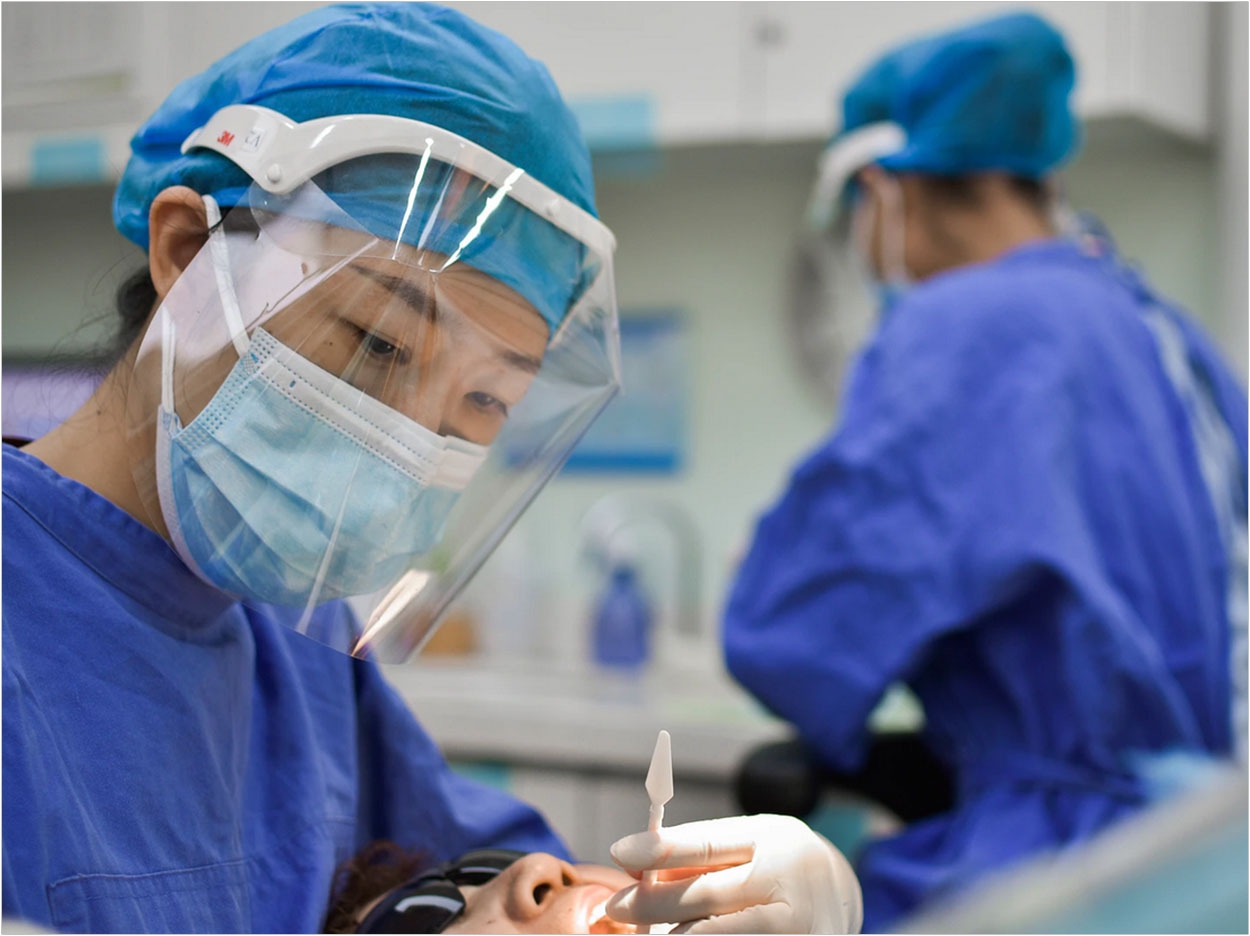
As more patients return to dentists for routine care, Dental Patient Care in the Era of COVID-19 tells them how their appointments will be different. Experts from the Organization for Safety, Asepsis and Prevention (OSAP) and the DentaQuest Partnership for Oral Health Advancement developed the guide to answer frequently asked questions from patients who are considering scheduling a visit to the dentist.
The guide adapts the provider-focused Best Practices for Infection Control in Dental Clinics During the COVID-19 Pandemic, released by OSAP and the DentaQuest Partnership in June. It explains how changes to infection control, dental hygiene, and personal protective equipment (PPE) made by dental offices to ensure patient and staff safety will change the dental experience before, during, and after the visit.
“It’s critical for patients to safely return to their preventive and non-emergency oral healthcare routines, and we want to help them understand what to expect and how to protect their health as they return to the dentist,” said Dr. Myechia Minter-Jordan, president and CEO of the DentaQuest Partnership for Oral Health Advancement and Catalyst Institute.
“Dental providers have made important changes in the way they deliver care, and dental visits will have a continued focus on safety going forward. We hope this guide will provide people with the information they need to make informed decisions about their oral health,” said Minter-Jordan.
“Dental clinics are reopening during the COVID-19 pandemic, and patients may want to make appointments for routine care, but they also may be experiencing some uncertainty and fear,” said Michelle Lee, CPC, executive director of OSAP.
“Ensuring that patients feel safe going to the dentist is crucial and that they understand dentists are making changes and improvements to infection control and hygiene. By collaborating with the DentaQuest Partnership for Oral Health Advancement on this tool, patients will have the guidance they need,” said Lee.
The guide outlines some of the infection control procedures that may be more noticeable to patients, such as enhanced cleaning and disinfection protocols, plastic coverings in certain areas, and greater use of PPE by all office personnel. It also outlines new safety procedures that patients are likely to encounter before, during, and after their visit, including:
- Patients may receive a phone call before their visit, screening them for COVID-19 symptoms or asking questions about their proximity to people who have tested positive.
- Patients may be asked to wait outside before their appointment, or come alone, to limit the number of people in the office.
- Waiting areas may be set up in different ways, such as new barriers between front desk personnel and patients.
- Staff will be wearing face shields, respirators, and hair and foot coverings.
- Dental tools may be different.
- Several days after the dental visit, patients may receive a follow-up call from the dental office, screening for COVID-19 symptoms.
Designed for the majority of patients, the shareable guide is written at the fourth through sixth grade reading level. Dentists are encouraged to use it to improve communication with patients as they navigate changes to their dental care experience. A PDF of the guide is available online.
Related Articles
High Costs Top Patient Complaints About Dental Practices
Three-Step Plan Improves Air Quality in Indoor Open-Space Offices
EFP Releases Evidence-Based Gum Disease Treatment Guidelines












